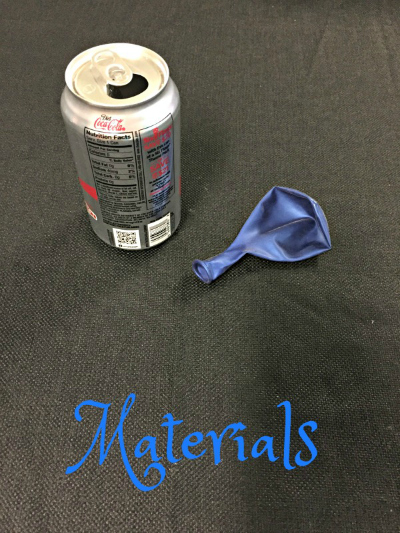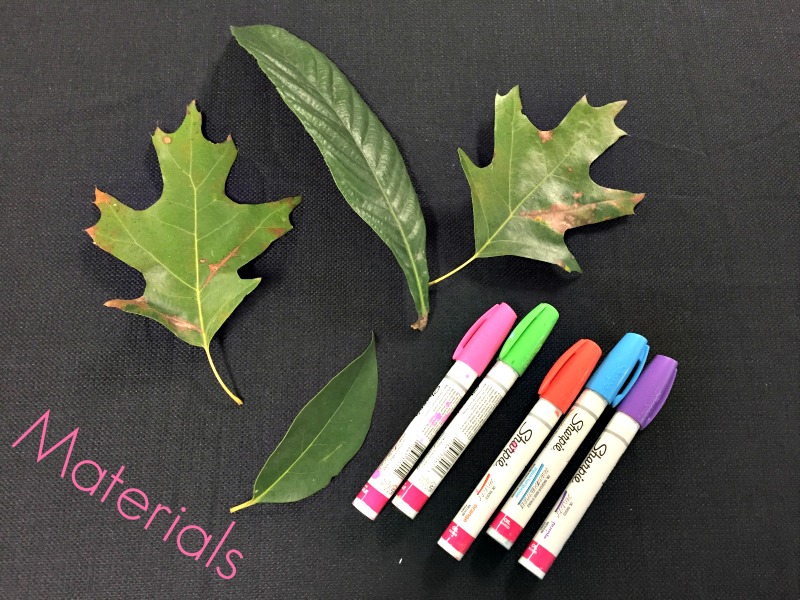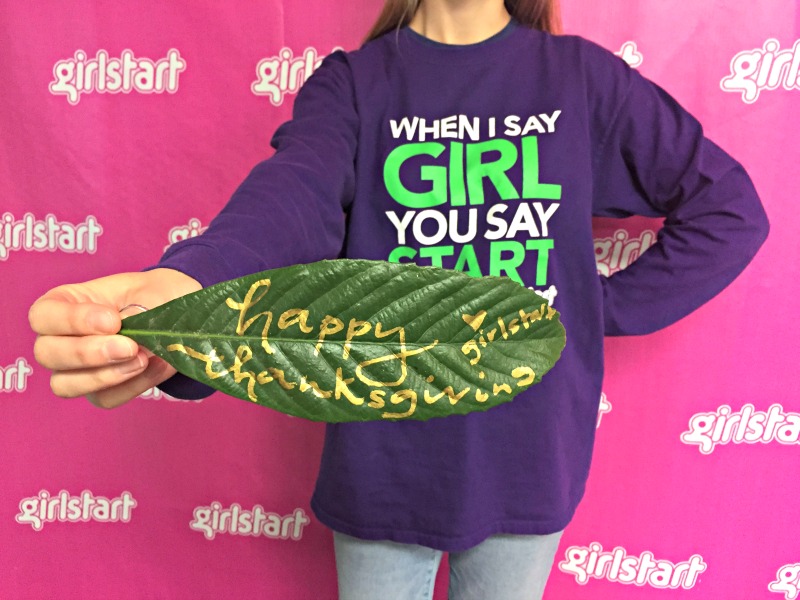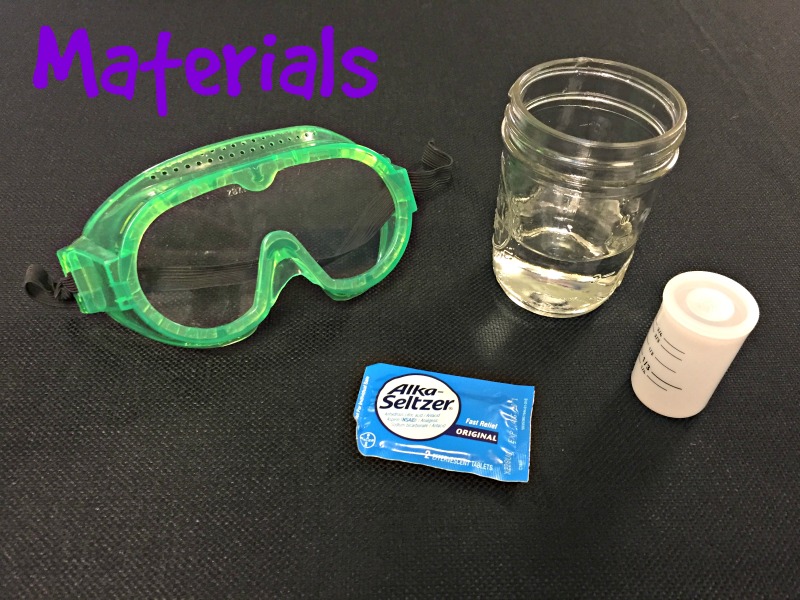Thursday, February 1, 2018
Featuring Ancient Chinese Legend Star Shows
Girlstart’s STEM Studio and Mini-Planetarium is a unique space for families to explore astronomy! Starry Nights are held the 1st Thursday of every month (except January, June, July and August), with each month featuring a new astronomy experience and related hands-on activities. All ages are welcome to stop by any time between 5:30pm and 7:00pm.
Hands-on activities include:
– Make a Chinese New Year lantern
– Explore legendary dragons and reptile adaptations
– Engineer a Chinese multi-tiered pagoda tower
– Build a flying bamboo dragonfly toy
Additional activities and resources from our friends at the Austin Astronomical Society





